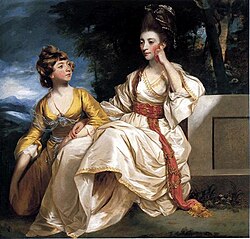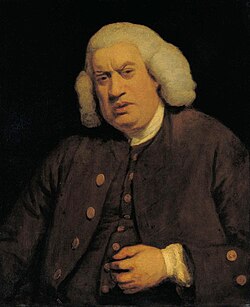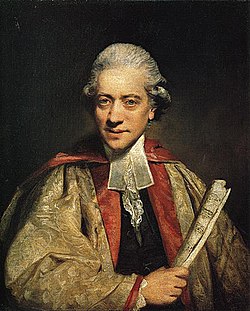


The Streatham Worthies is the collective description for the circle of literary and cultural figures around the wealthy brewer Henry Thrale and his wife Hester Thrale who assembled at his country retreat Streatham Park and were commemorated by a series of portraits by Joshua Reynolds.
Contents
Reynolds painted these portraits over the course of about ten years. As well as the twelve bust-length male portraits, Reynolds also painted a double portrait of Thrale's wife Hester, and their daughter Hester Maria, nicknamed 'Queeney'. The usage the 'Streatham Worthies' was first coined by the novelist Fanny Burney to describe the portraits. It is generally believed to be a playful reference to the celebrated 'Temple of British Worthies' at Stowe House. The portraits were hung above the bookshelves in the library at Streatham Park. Burney noted that Thrale wanted: "the persons he most loved to contemplate... to preside over the literature that stood highest in his estimation".